Scalable Training: Benefits, Examples, and How to Scale Learning
Scalable training explained: benefits, real-world examples, and 7 steps to scale learning programs without losing quality or impact.
Scalable training explained: benefits, real-world examples, and 7 steps to scale learning programs without losing quality or impact.

Scaling learning has become a major focus for growing companies. Delivering training to hundreds or thousands of employees without losing relevance, engagement, or measurable results can feel overwhelming. Generic courses often fall short, leaving learners uninspired or disconnected.
This guide explains what scalable training means, highlights benefits, shows real-world examples, and offers practical tips for expanding programs effectively so training can grow with the company while staying meaningful and easy to manage.

Scalable training focuses on helping organizations grow learning without losing quality, relevance, or engagement. It doesn’t mean simply pushing more courses to more employees.
Instead, it shifts the role of L&D from producing content to amplifying knowledge that already exists within the company. Subject matter experts create training material, teams share skills, and L&D guides best practices and supports efficient learning across all levels.
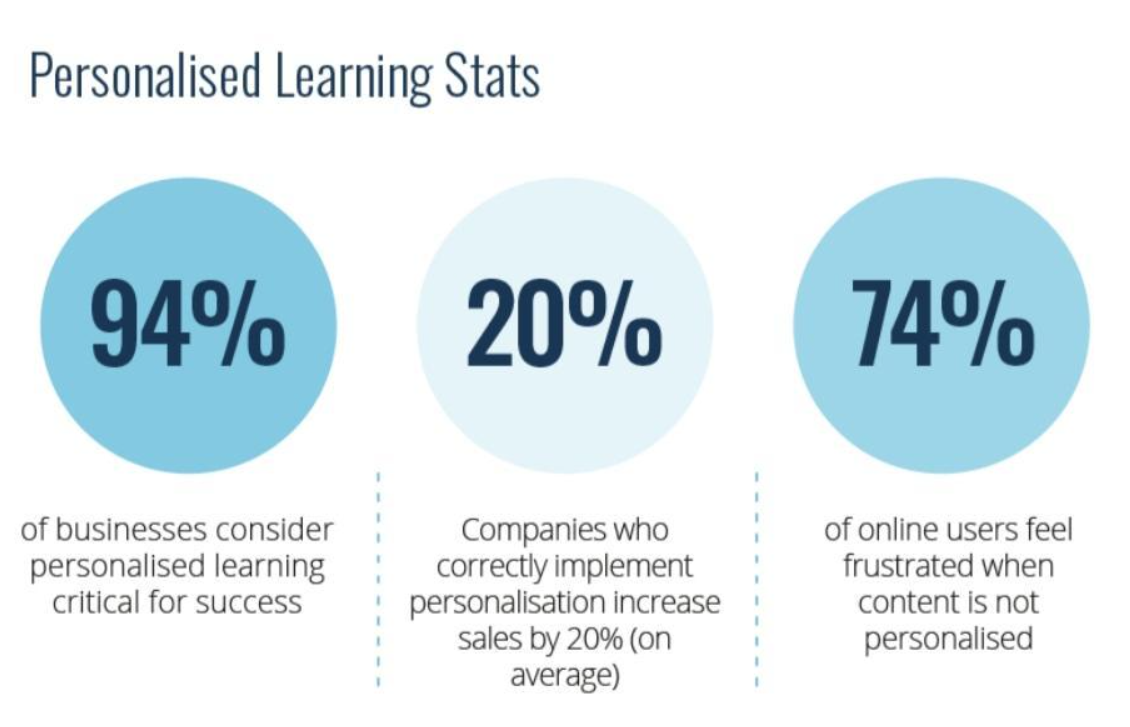
This approach encourages learning in the flow of work, peer-to-peer collaboration, and real-world problem solving. Employees drive the process, shaping training around challenges they face daily rather than what leadership thinks they should know.
Scalable training taps into expertise, builds connections, and makes learning part of everyday work life, helping organizations grow smarter, faster, and more adaptable.
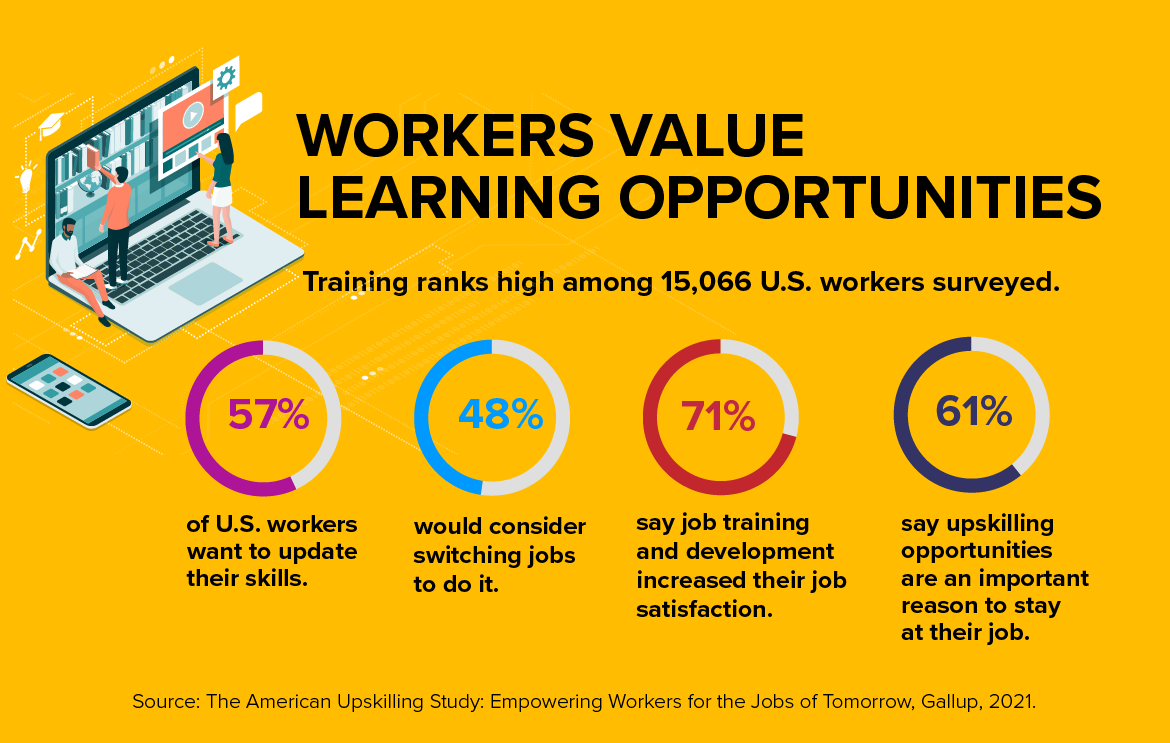
Scaling learning offers major advantages for organizations, from a competitive edge to talent attraction:
Traditional success relied on standardization and efficiency, but modern markets demand quick learning, agility, and creative problem-solving.
When employees learn together, value multiplies. Collaborative learning drives faster performance improvements.
Employees seek workplaces offering meaningful growth, on-the-job learning, and skill-building opportunities beyond what small companies can provide.
Training happens naturally within daily tasks, making learning practical, relevant, and immediately applicable.
Scaling learning looks different for every organization, but common strategies show what works:
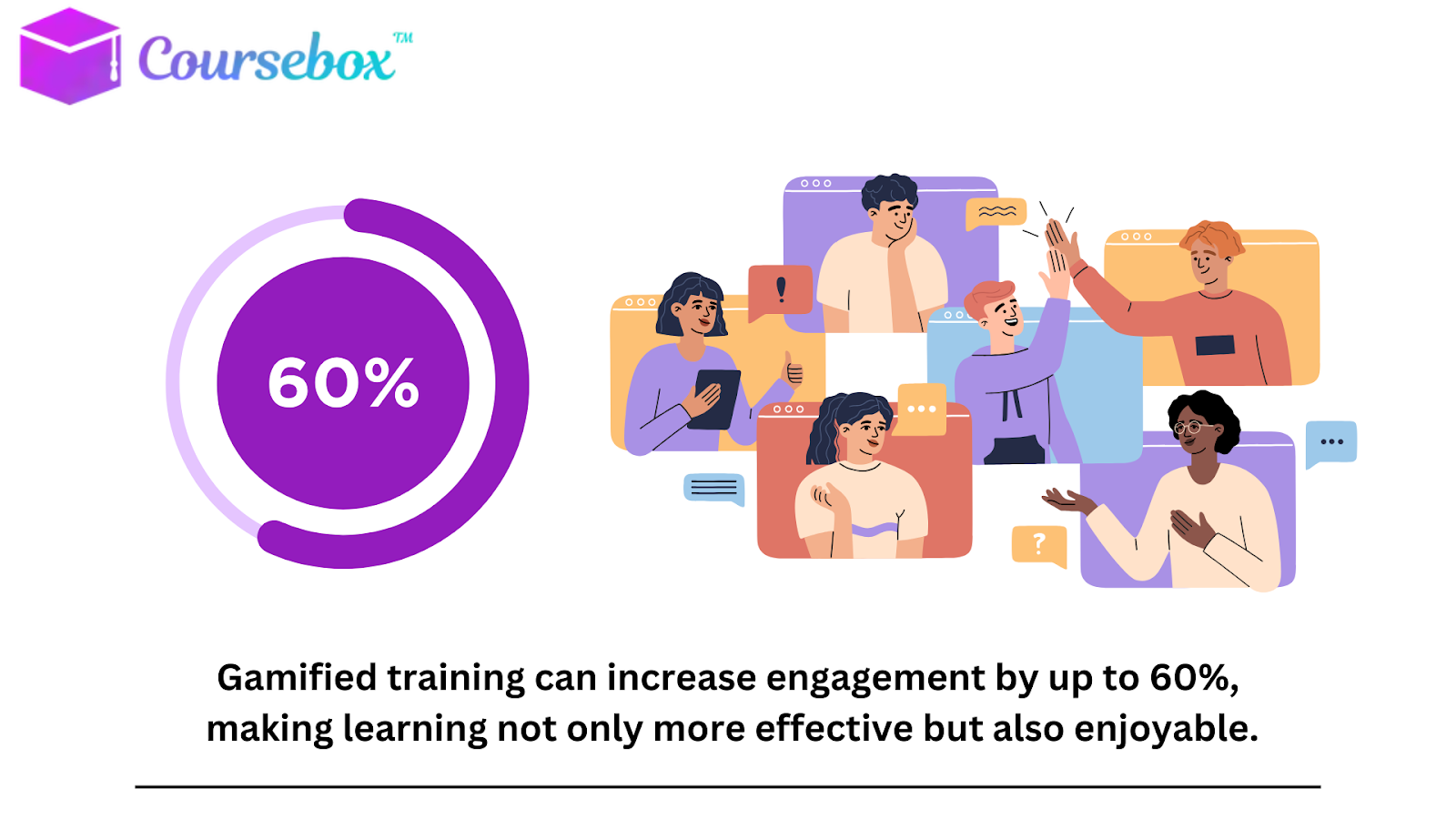
Pro tip: Using AI tools that make content creation, tracking, and engagement easy can take scalable training from theory to practice quickly. Platforms for training providers like Coursebox AI help organizations implement many of these strategies without overwhelming L&D teams.
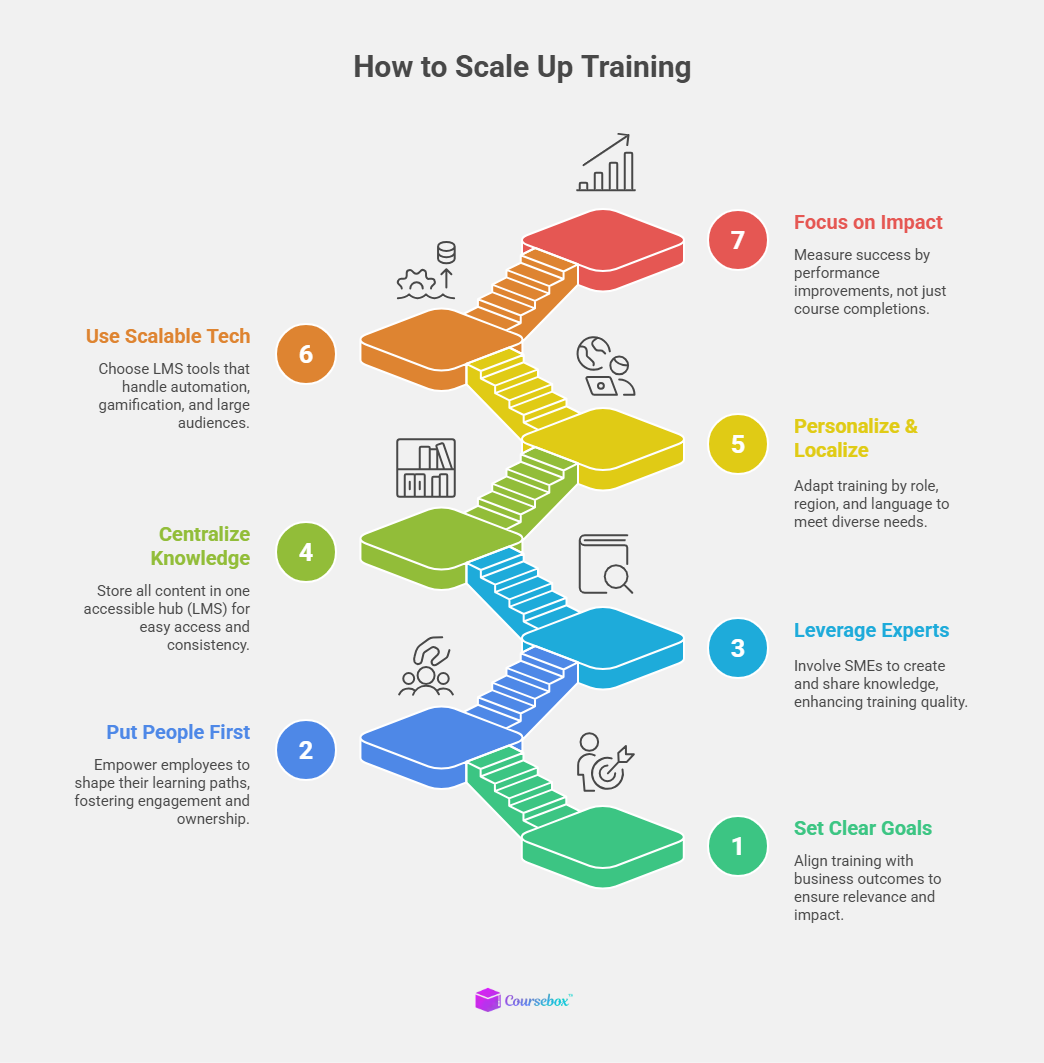
Well-trained, skilled employees drive business success. Studies show nearly three in four CEOs rank human capital as the top driver of growth, more important than products, clients, or marketing.
High-performing organizations train 84% of employees adequately, compared with just 16% at lower-performing companies. Scaling training efficiently can therefore make a major impact on performance, engagement, and knowledge retention.
Scaling works best when tied to business objectives, not just course completion numbers. Set goals that link learning to tangible outcomes:
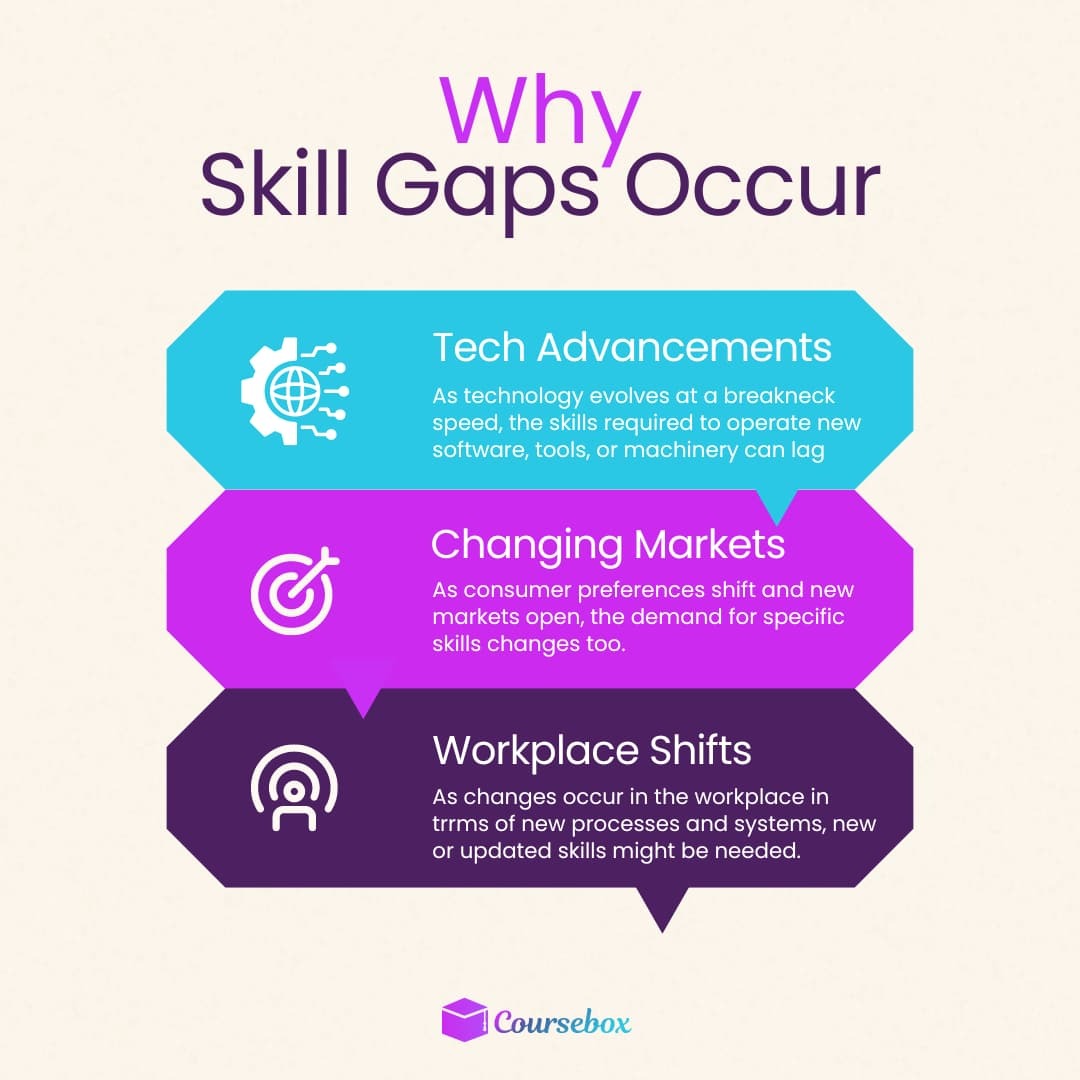
Employees know their needs better than anyone else. Empower them to declare learning priorities:
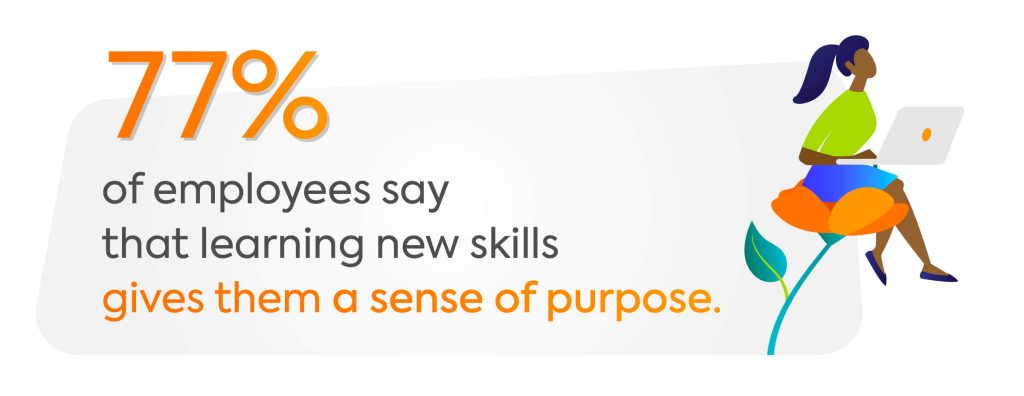
No L&D team can cover all knowledge internally. Tap into existing expertise to scale efficiently:
Prevent loss of institutional knowledge and avoid silos:
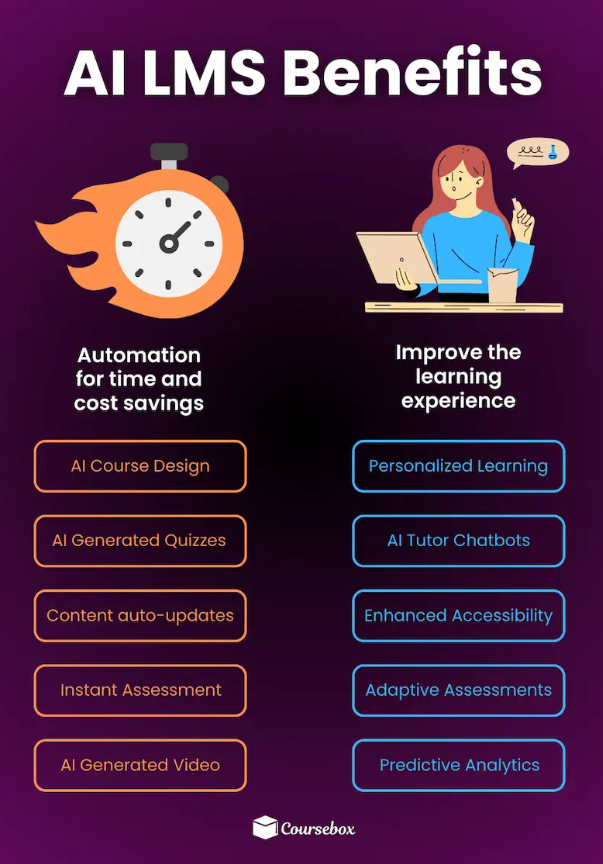
Ensure training meets diverse needs and stays relevant:
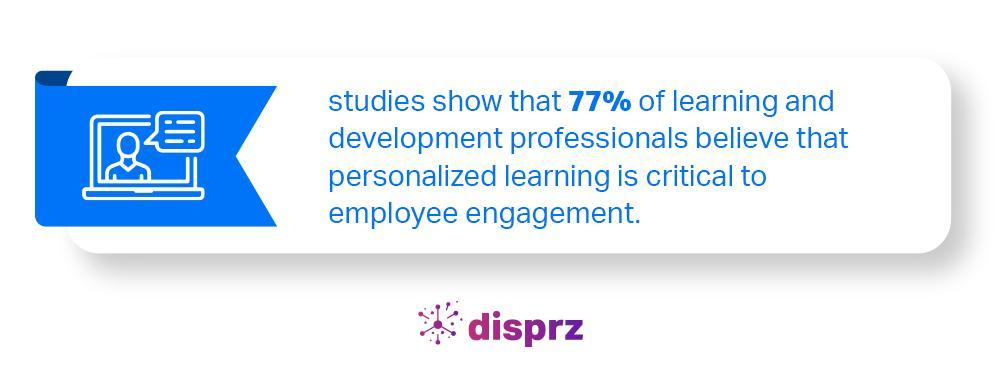
Technology doesn’t replace strategy, but it enables it. When evaluating a learning management system, look for:
Focus on business results, not just course completion:
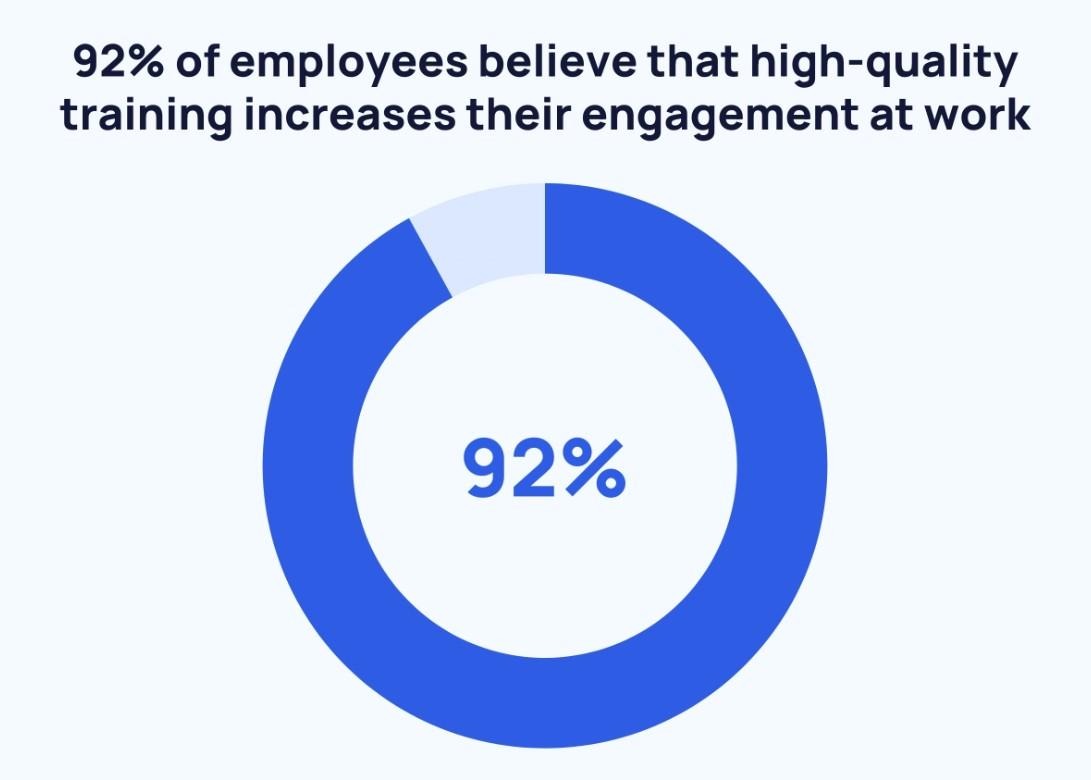
Pro tip: Using a white-label LMS helps bring all these principles together. It allows SMEs to create content directly, centralizes learning, supports multiple languages, and tracks engagement and outcomes, all without overwhelming L&D teams.
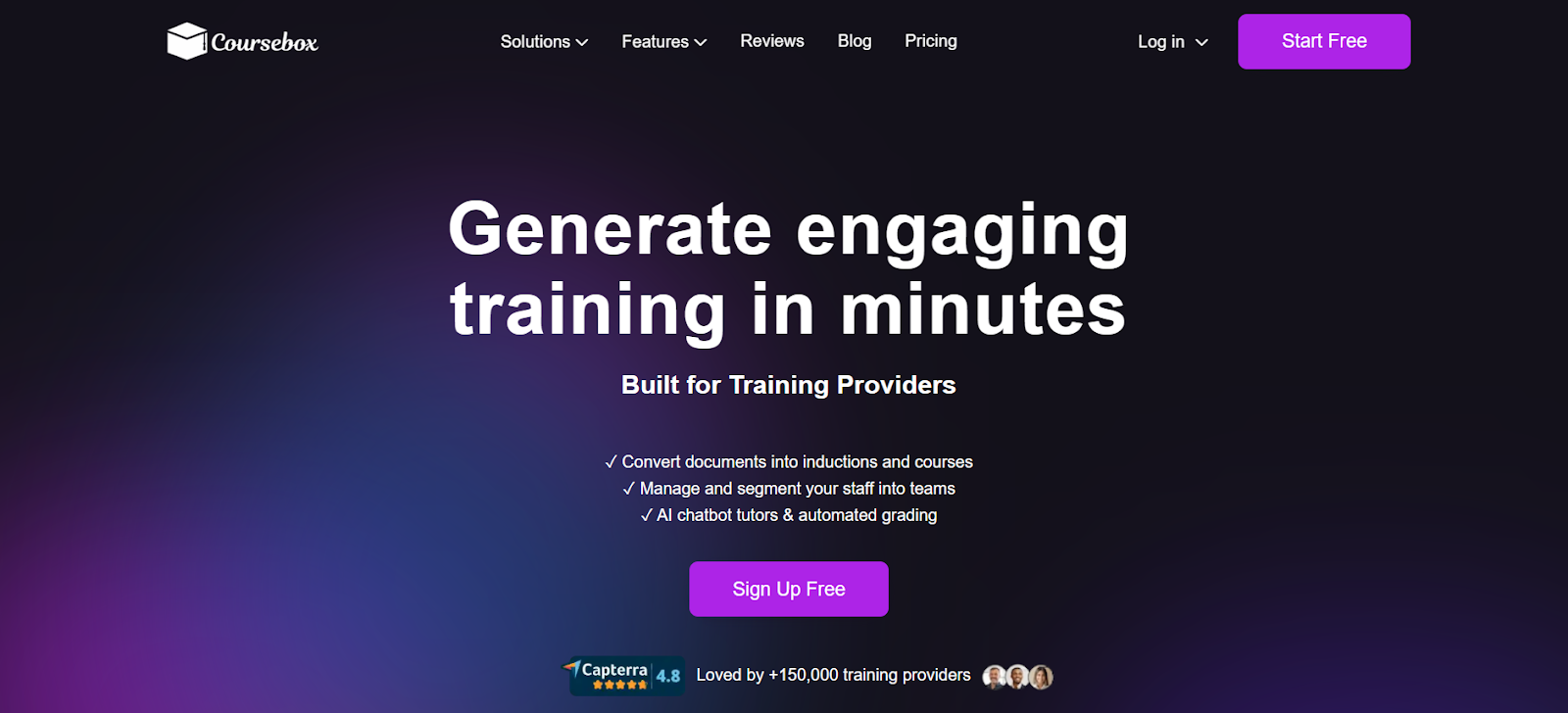
Workplaces are changing fast, and learning must keep up. Old-style, top-down training no longer works.
Scalable learning focuses on collaboration, peer sharing, and letting experts create content that drives results. With the right tools, training hundreds or thousands of employees is easier than it sounds.
Coursebox AI makes it even simpler: SMEs can build content, resources stay organized, and outcomes are tracked, so learning stays effective.
Ready to transform training? Book a demo today!
Companies often struggle with maintaining personalization, keeping employees engaged, and proving ROI. As organizations grow, relying only on generic content libraries creates disengagement. Scalable training strategies help overcome these challenges by combining technology, peer learning, and subject matter expertise.
Employees stay longer when they feel supported in their growth. Scalable training ensures consistent opportunities for skill development, making staff feel valued. This sense of progress increases loyalty, reduces turnover, and positions the organization as a place where careers can thrive.
No, scalable training benefits both small and large businesses. Startups and growing companies can implement scalable learning early, building strong foundations for employee development. Large enterprises gain efficiency and consistency across global teams, while smaller companies use it to stay agile and competitive.
Learning management systems (LMS), AI-powered tools, and collaboration platforms support scalable training. These tools make it easier to create, deliver, and track learning programs across teams. Features like automation, microlearning, and analytics help organizations train effectively without overwhelming L&D teams.
Subject matter experts bring real-world knowledge into learning programs. By creating content directly or leading peer-to-peer sessions, they ensure training stays relevant and practical. Involving SMEs makes learning more engaging and helps organizations scale training without overloading centralized L&D teams.
